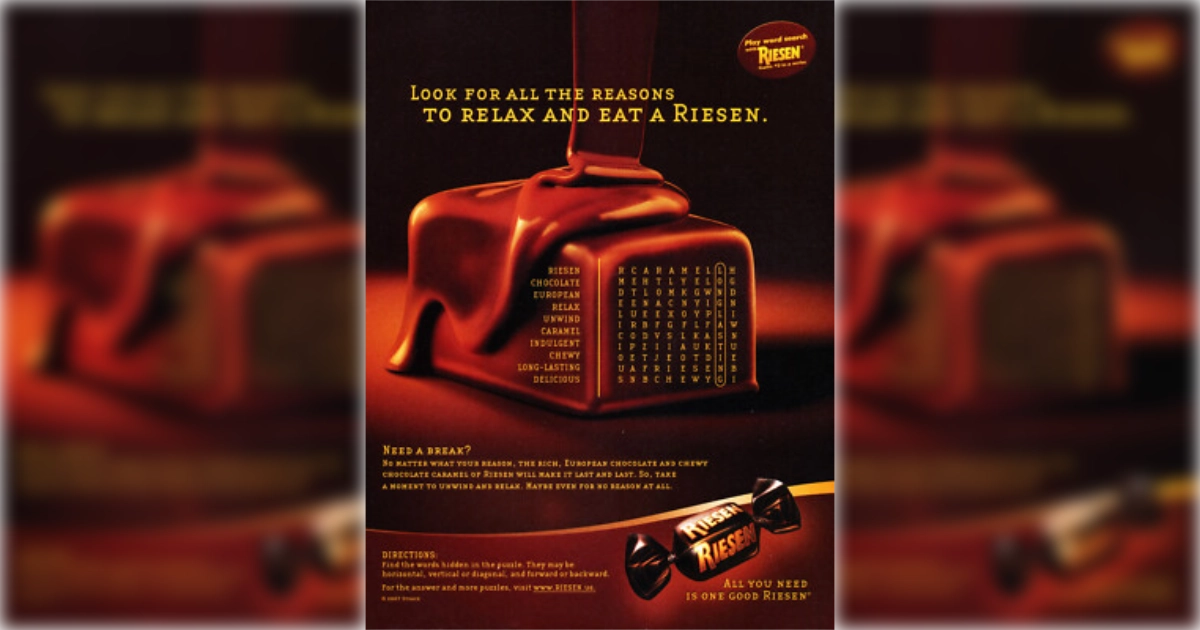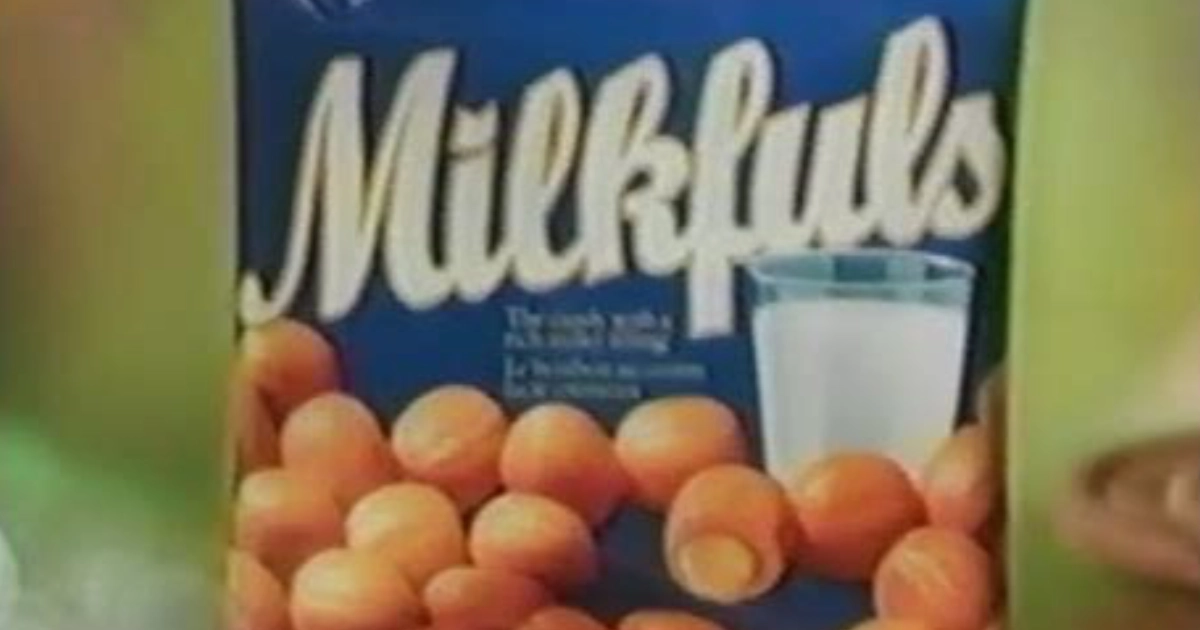.webp)
August Storck KG
The year was 1903. August Storck stepped into a tiny workshop with nothing more than a cooking kettle, a panning kettle, and three employees. The space was barely 200 square meters, but within these cramped quarters, something magical was brewing.
Storck was making candy and laying the foundation for what would become one of Germany’s most beloved confectionery companies. His workshop produced a variety of hard candies that quickly gained popularity throughout the local region, reaching a respectable production level of 2,500 kilos per year.
But the real breakthrough came in 1909, when a company employee named Gustav Nebel experimented with a mixture of caramel and cream.
This formulation would first be named Werther’s and later the beloved Milkfuls.

The Great War brought devastation across Europe, and Storck’s little candy factory wasn’t immune to its effects. Production halted, growth stagnated, and the company’s future hung in the balance.
By the early 1920s, August’s son Hugo Oberwelland took over the company, transforming August Storck KG from a small-scale producer into something much more ambitious. The company was making some 200 different candy varieties, though none carried brand names (common practice in Germany at the time).
But in 1934, when Storck made a bold, almost reckless decision. They stopped producing all their other candy varieties and focused entirely on one product: a new chewy caramel candy called “Storck 1 Pfennig Riesen.” This individually wrapped candy cost just one pfennig and became Germany’s first branded, wrapped candy.
It was a gamble that paid off spectacularly. By the late 1930s, Riesen had become Germany’s most popular candy.

The 1960s brought a new generation of leadership and innovation. Klaus Oberwelland, Hugo’s son, joined the company and immediately began developing what would become Storck’s most iconic brands. This was the golden age of candy innovation.
In 1969, something special happened. Storck decided to revisit their original caramel cream recipe from 1909. They relaunched it as “Werther’s Echte” (meaning “genuine”), complete with a marketing campaign featuring a grandfather and his grandson that would become legendary in advertising history.
But here’s where the Milkfuls story gets interesting. While most of the world knew this candy as Werther’s, North American consumers would come to know it by a different name entirely.

In the United States and Canada, rather than using the established Werther’s brand, they introduced these spherical caramel candies as “Milkfuls” - named for their distinctive milky-tasting cream filling that resembled marshmallow creme.
The late 1990s and early 2000s became the golden era for Milkfuls in North America. Before Werther’s Original dominated the caramel candy market, Milkfuls were the premium choice for discerning candy lovers. Each piece was carefully twist-wrapped to seal in freshness, with approximately 75 pieces per pound.
What made Milkfuls special wasn’t just their taste. It was their unique texture. The hard caramel shell would crack to reveal a soft, creamy center that provided a completely different eating experience from traditional hard candies.

Sometime in the mid-to-late 2000s, Milkfuls began disappearing from North American shelves. No grand announcement, no farewell campaign. They simply vanished.
The discontinuation of the candy created something unprecedented in the candy world: a devoted community of former customers who refused to give up hope. Online forums buzzed with theories about where to find remaining stock. People signed up for waiting lists at candy stores, hoping for word that Milkfuls might return.
What these devoted fans didn’t realize was that their beloved candy hadn’t actually disappeared, it had simply returned to its roots. In Germany, the same product continued to be sold under its original name: “Vollmilch Brocken” (literally “whole milk chunks”).